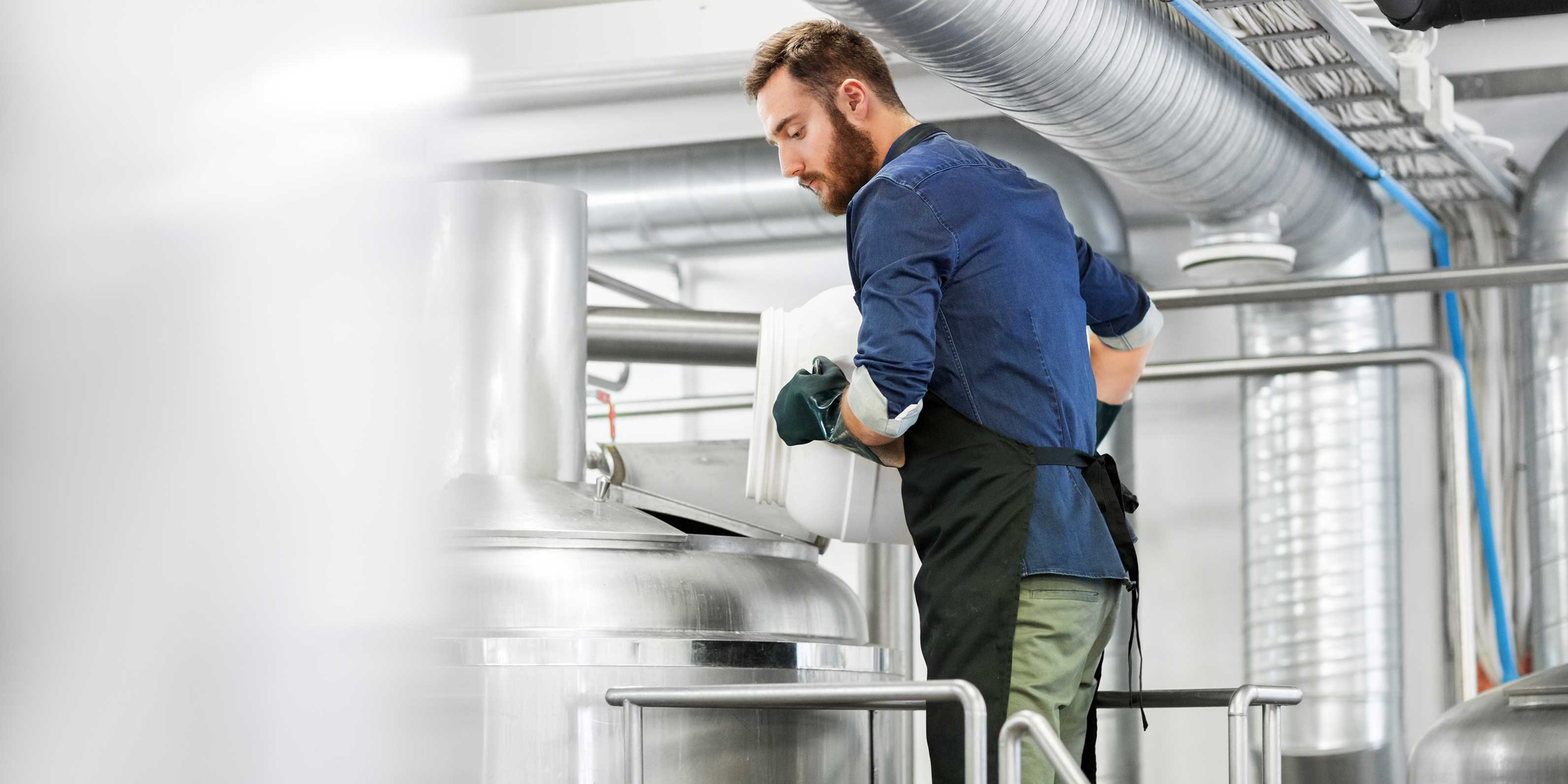{{item.title}}

Key takeaways
We’ve become used to the concept of disruption. Until now, it’s predominantly been in the form of technological advances, or new entrants to a market that meet customer needs with a new product or business model, forcing incumbent industry players to rapidly develop strategies to catch up.
But the level of disruption we’re witnessing with the development of the COVID-19 pandemic is unprecedented in the modern era, and is likely to reinvent the meaning of the term. Lockdown measures put in place by governments across the world to stem the spread are spurring a fall in consumer spending, while whole industries are navigating the effects of having to temporarily cease operating.
Businesses are, however, fighting back against this turn of events, rolling out strategic plays to respond, at a tremendous scale and pace. From adapting business models to rapid digital innovation, here are four ways companies can pivot.
Consider what it is that makes your business unique and hard for others to copy. How might another customer group derive value from your assets for a different purpose? Similar to the way FujiFilm repurposed its technical expertise in making film to areas such as flat panel screens and skin care when digital disruption flipped the photography industry on its head, businesses today in industries highly disrupted by COVID-19 are rapidly adapting their assets to meet new demand.1 This includes repurposing manufacturing capabilities, such as distilleries and breweries producing hand sanitiser,2 finding new uses for excess capacity, such as hotels offering up their vacant rooms for quarantined travellers,3 and leveraging existing delivery networks, for example in the way that florists are now delivering fresh fruit and vegetables as events are postponed and demand for online grocery delivery soars.4
What are your organisation’s strategic assets? How might other markets derive value from them in different ways?
Another strategy to mitigate the disruption is in forming new partnerships to develop or strengthen existing propositions. For example, before it began producing its own mobile phones, Google partnered its Android operating system with a variety of handset manufacturers.5 In today’s environment, we’re witnessing the rapid formation of such partnerships as industries pull together to join the response to COVID-19. In the United States, Ford, GE and 3M are collaborating to produce much needed respirators and medical equipment while the demand for new cars has slowed.6 Australian supermarket chain Woolworths is offering short-term roles to stood-down Qantas staff while flights have been temporarily grounded, as it seeks to meet the increased demand for consumer staples.7
What capabilities could your business develop through partnerships that would allow you to retain or strengthen your competitive position in the industry?
When a business is under threat, refocusing on their core customer base is a key defence strategy that can deepen relationships with existing customers while fending off disruptors. Organisations that are designed for the digital era are able to rapidly develop or enhance offerings by adapting and reconfiguring digital services to meet changing customer needs. For example, Domino’s Pizza quickly built into their ordering systems a zero contact delivery option to observe social distancing guidelines.8 We’re seeing rapid innovation in response to the large amount of citizens staying at home, such as zoos live streaming their animals while they are closed to the public,9 and orchestras, comedians and theatre companies streaming performances online.10
Is your organisation designed for the digital era? Are you able to rapidly prototype and release new offerings in weeks rather than months?
A key capability to build resilience in the face of disruption is in acting and adapting quickly. Rather than planning the next project to the nth level of detail, digital organisations can embrace a ‘test and learn’ approach to rapidly ideate, prototype and scale new offerings. With many offices and schools closed nationwide, a worldwide remote working and learning experiment is underway. Underpinning its success will not only be the technical infrastructure and tools required to work remotely, but also the ability to retain a level of social contact to help employees cope with being at home for long periods. Most companies have never tested their remote working capabilities at this scale before, meaning the experiment is a collective one, involving seeing what works, and building on success one step at a time.
Does your organisation have a test and learn mindset? Do your processes support development, release and enhancements of solutions in an iterative way?
Much of what we’ve seen play out over the last few weeks has happened much faster than it would have in a pre-COVID-19 world, and would in other circumstances likely have included a lot more preparation, from planning meetings, project mobilisations, design sessions and product builds. While it is not entirely clear how the future will play out for business, many companies are responding to the challenges with ingenuity and at pace. With months and years of innovation, learning and progression being condensed into days and weeks, the opportunity exists to embed these lessons into your organisation’s DNA, and emerge from this crisis stronger and more resilient than ever.
References

© 2017 - 2025 PwC. All rights reserved. PwC refers to the PwC network and/or one or more of its member firms, each of which is a separate legal entity. Please see www.pwc.com/structure for further details. Liability limited by a scheme approved under Professional Standards Legislation.
